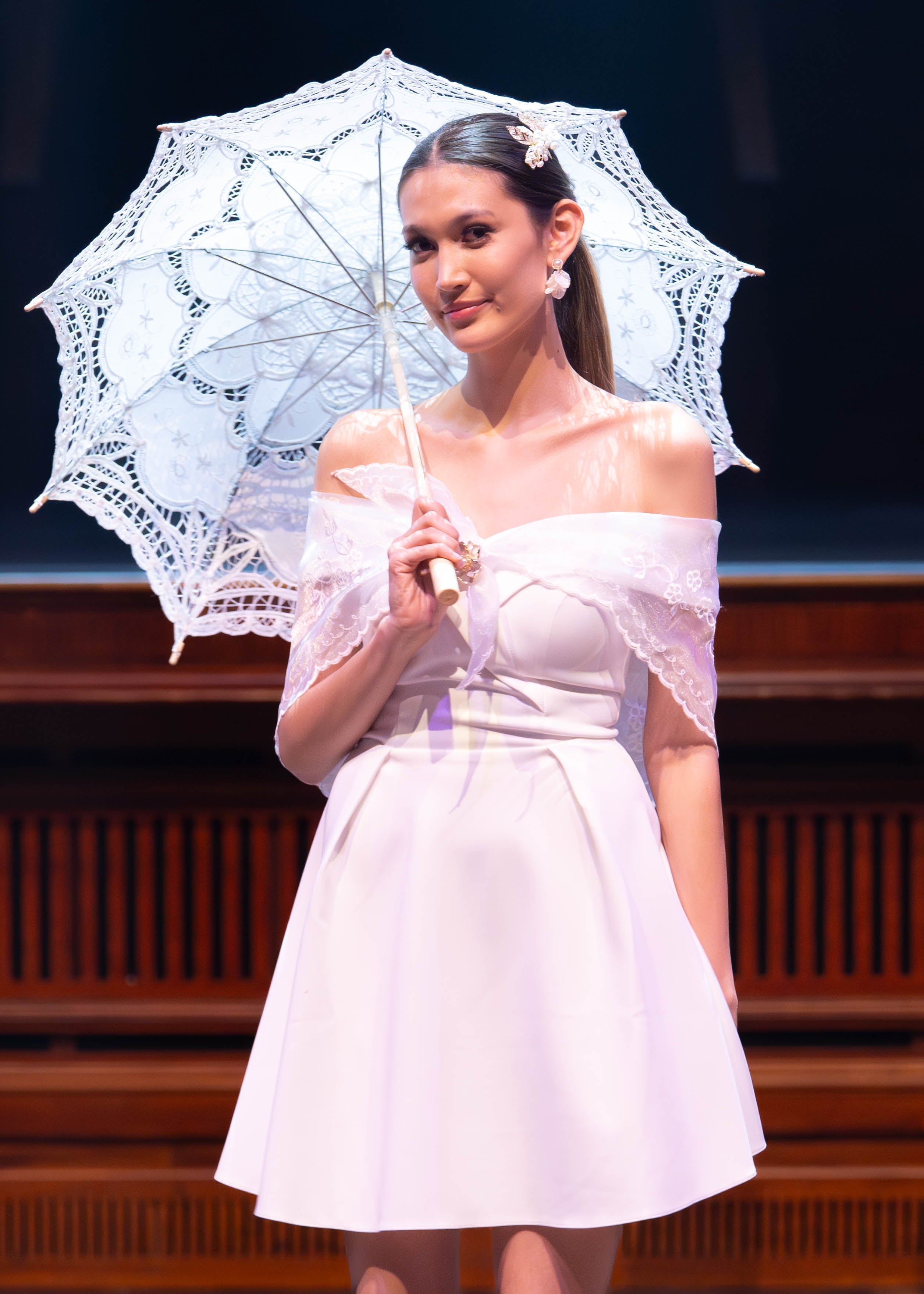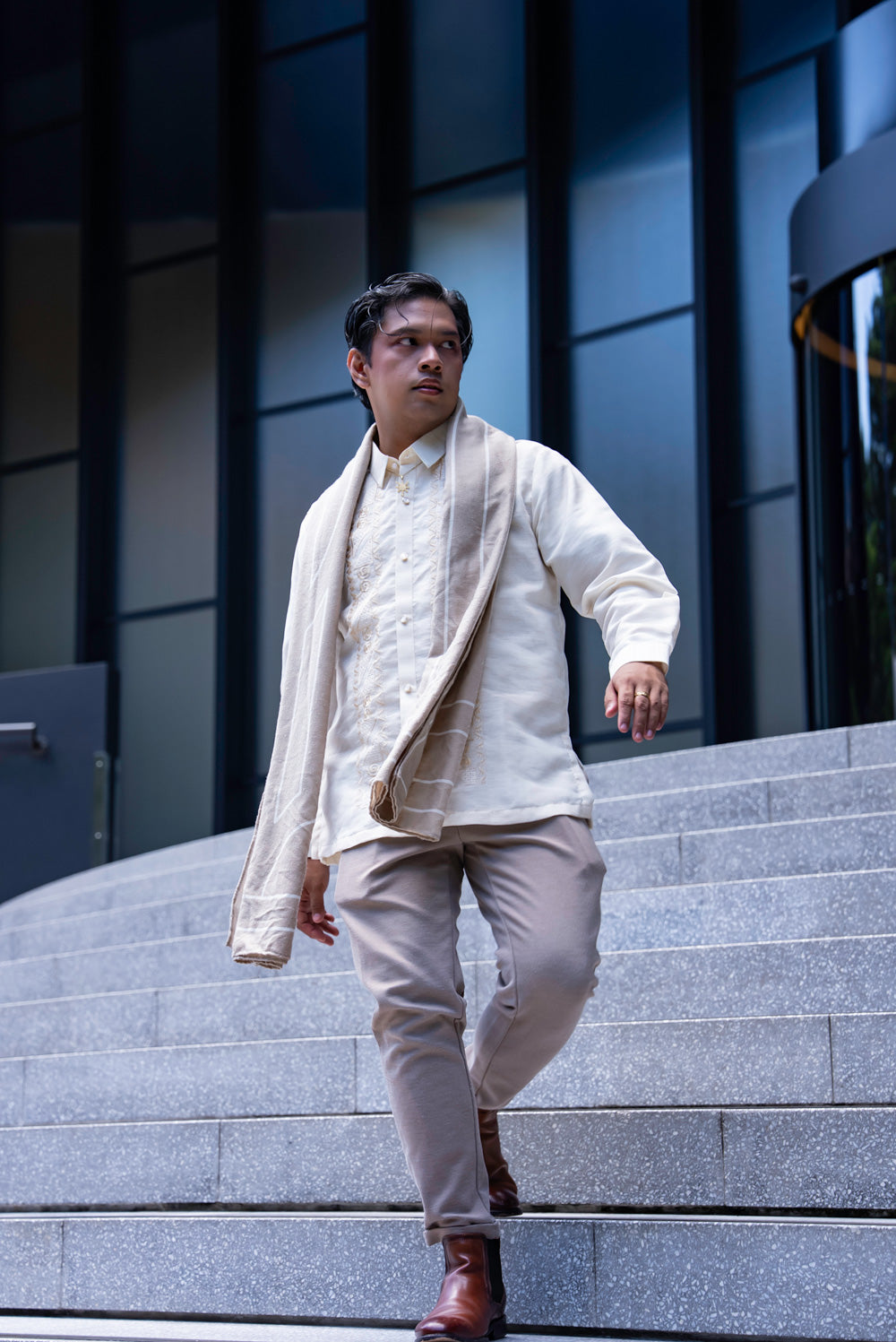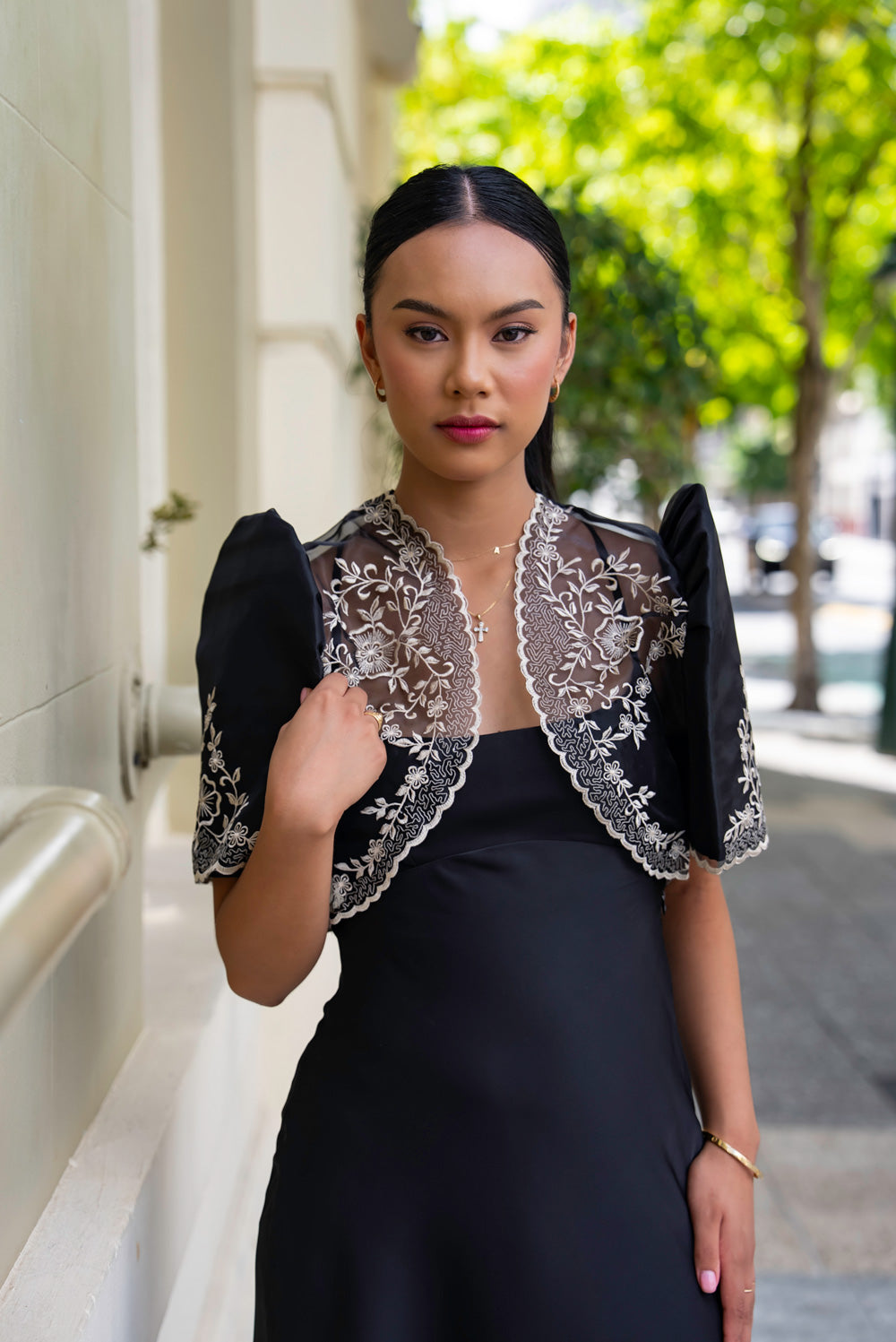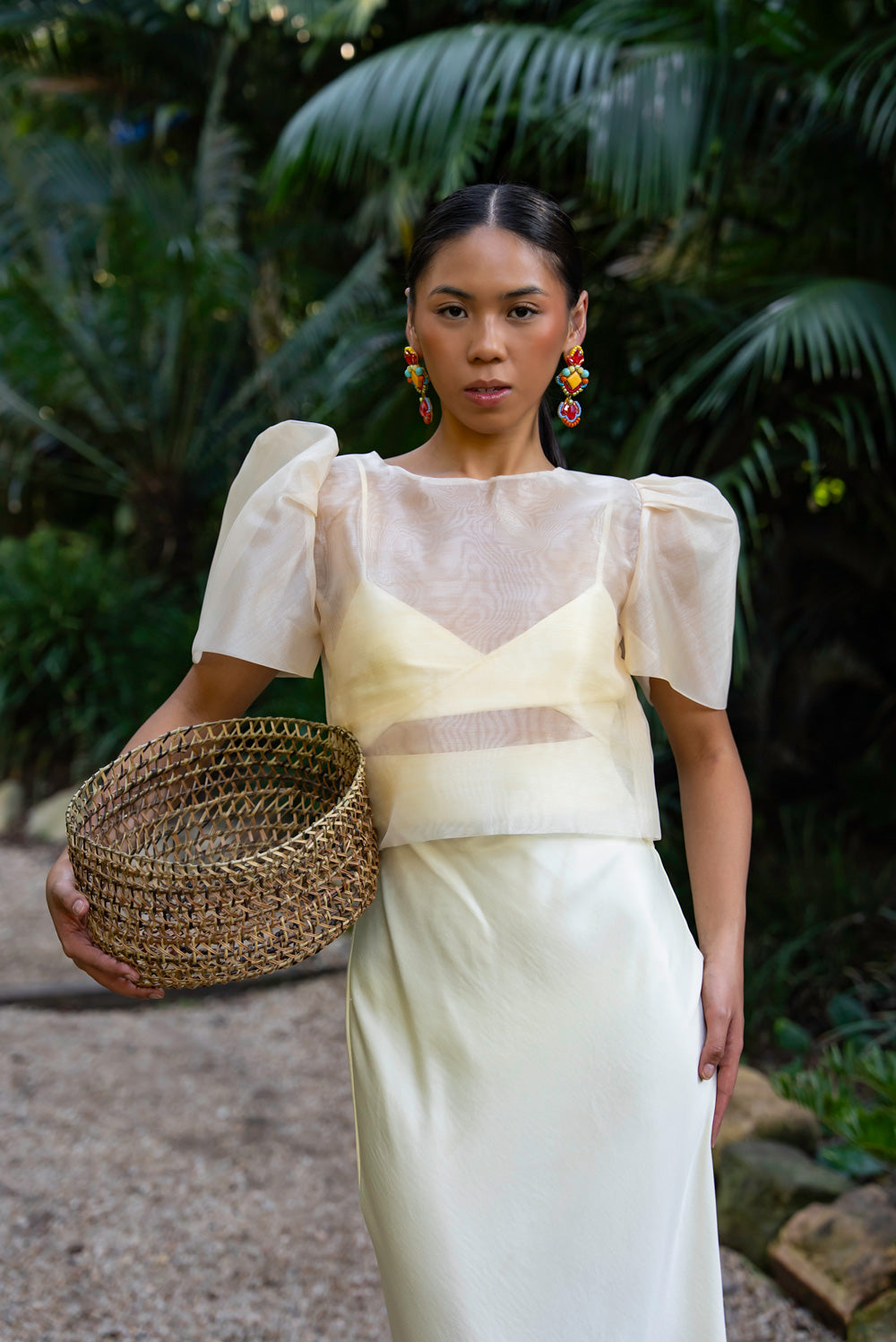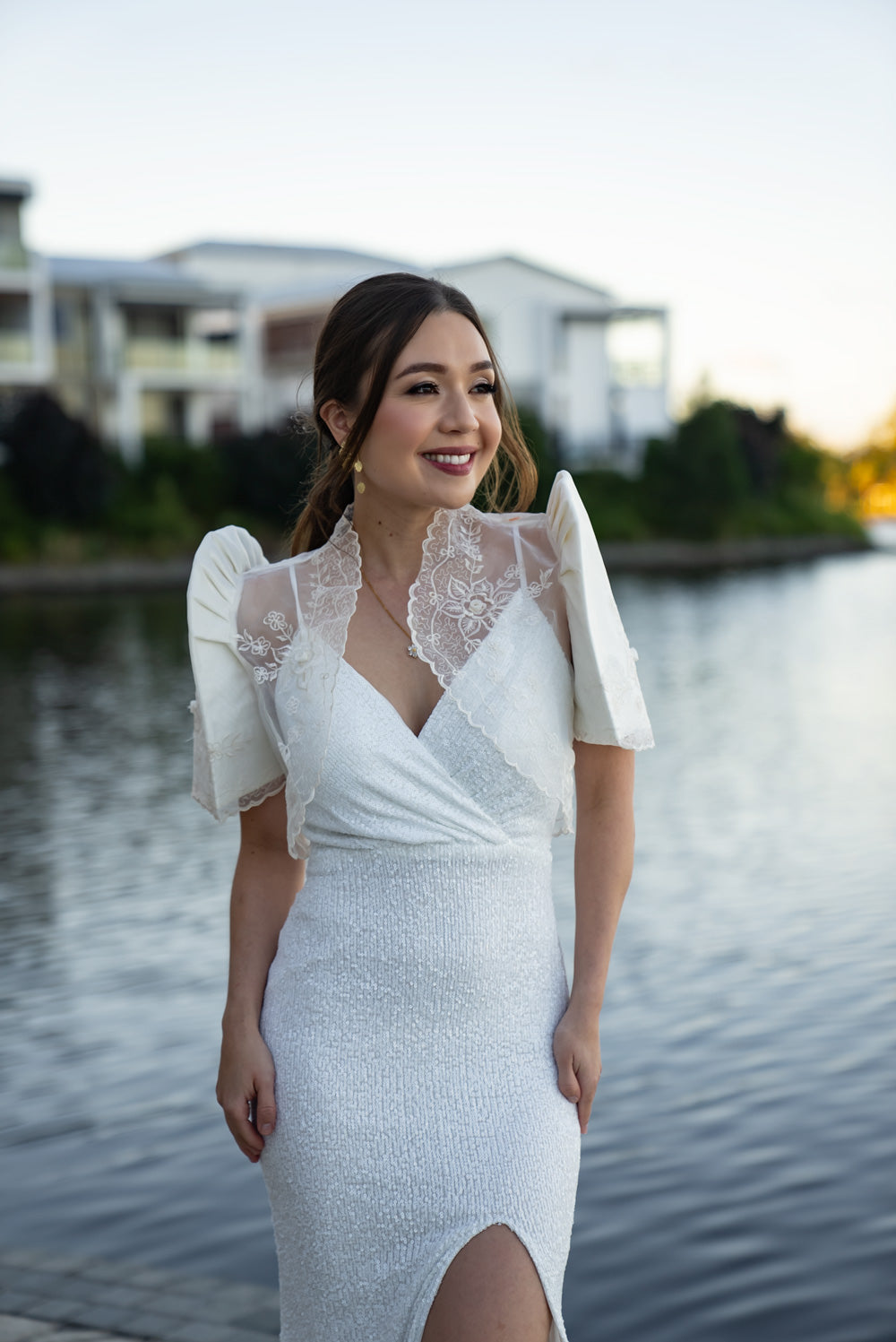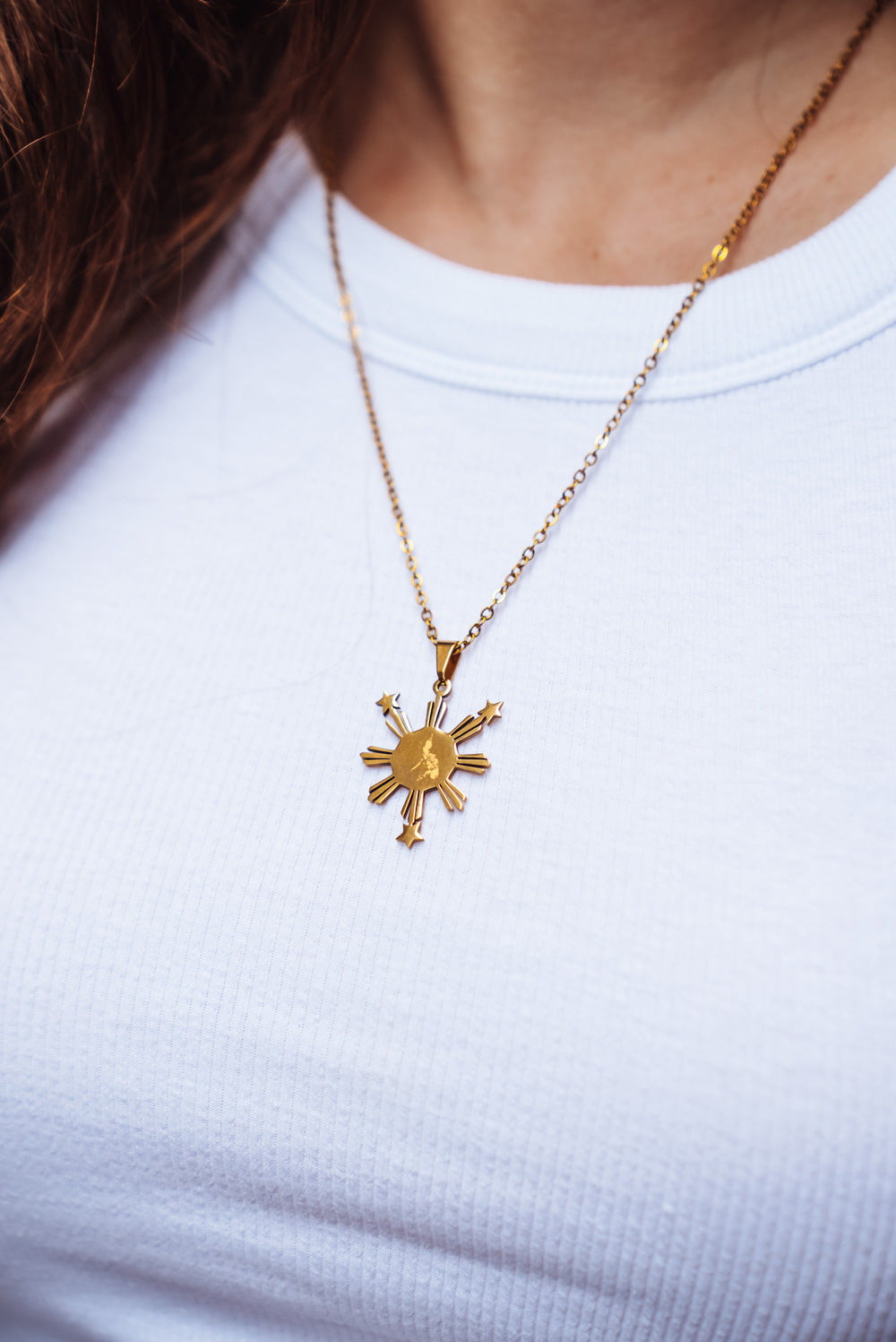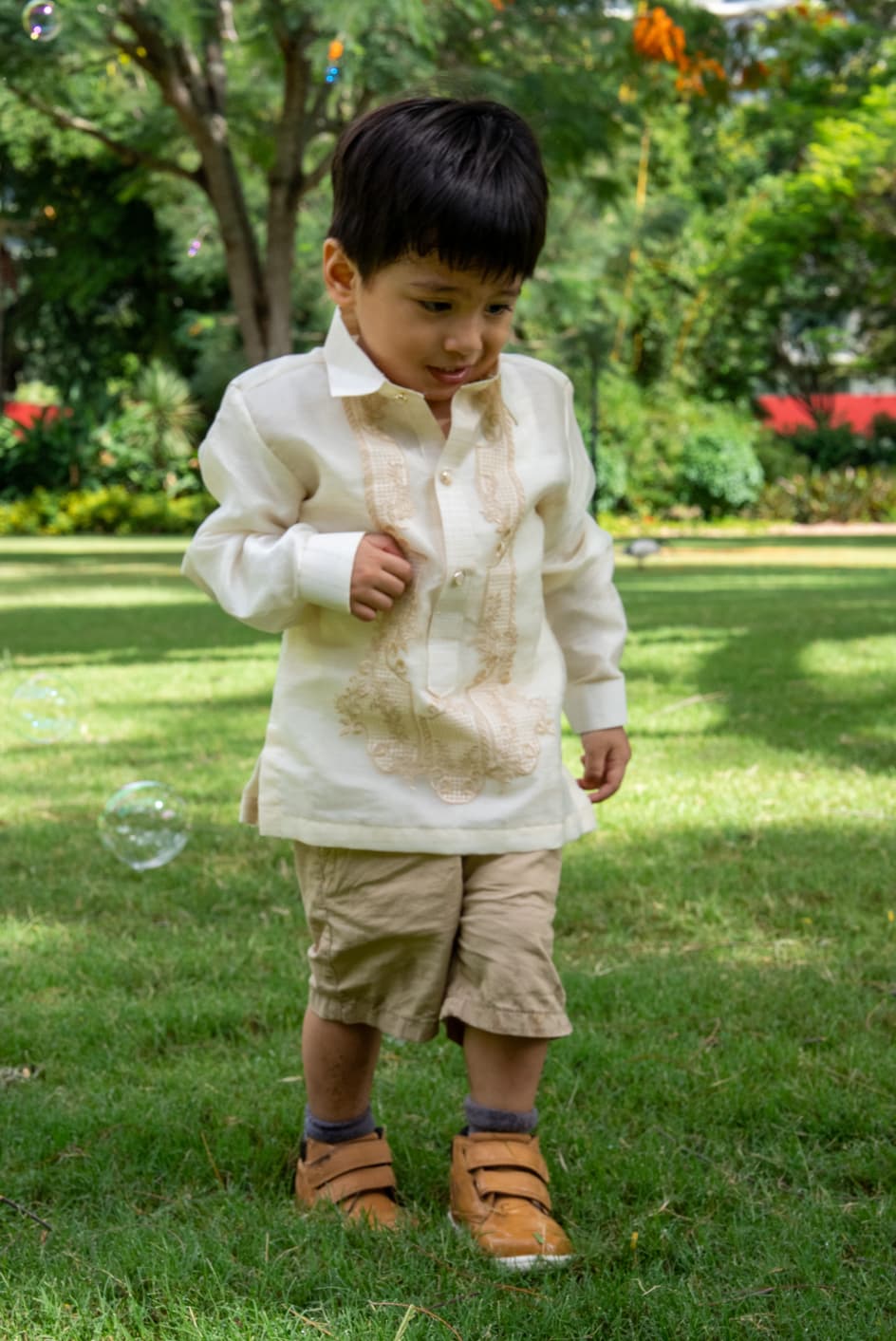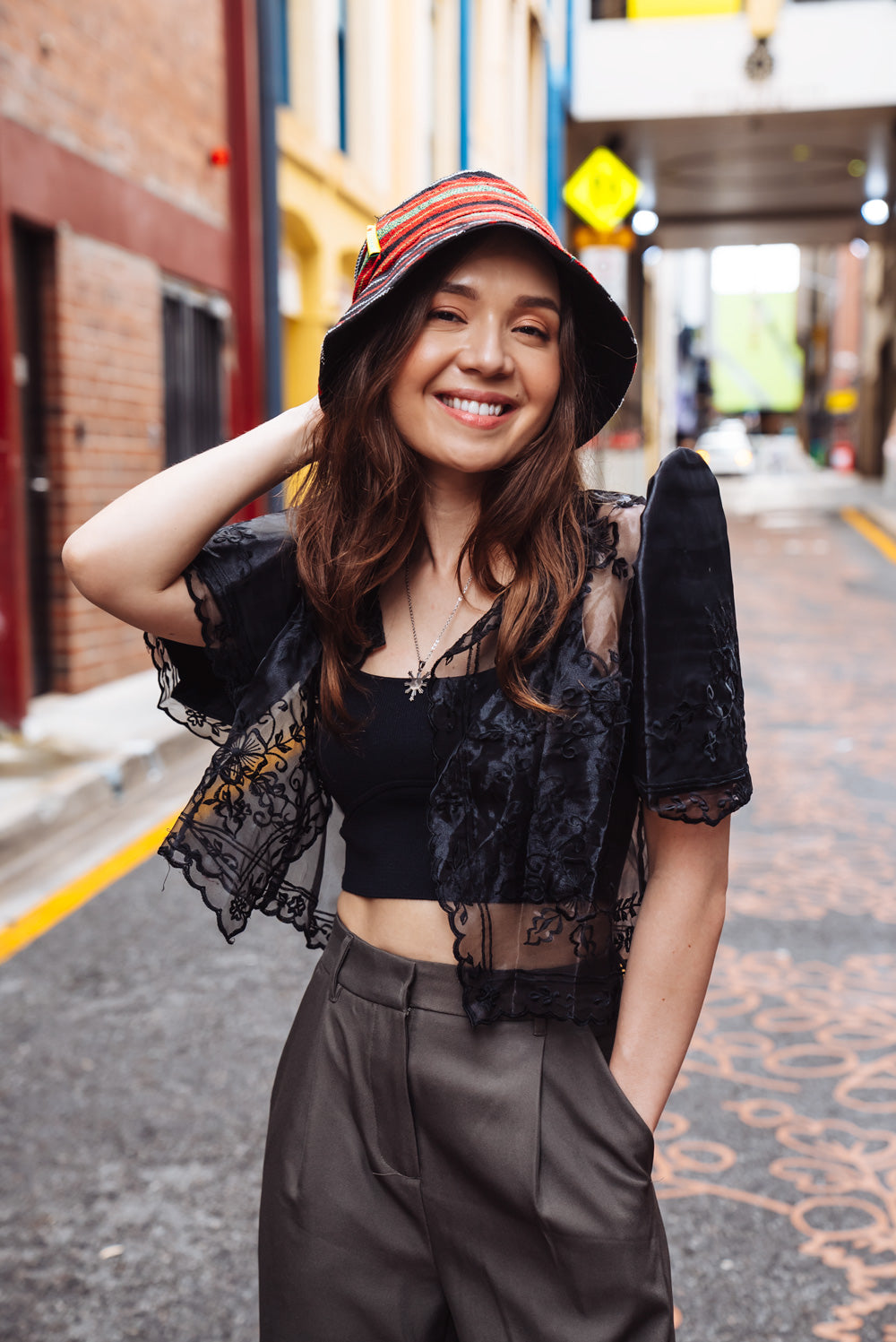Filipino fashion has experienced several changes over the years and has been deeply rooted in the history of the Philippines. It has been influenced by the country’s rich culture and diverse population, including Malay, Spanish, and American influences. Filipino fashion has evolved significantly since the early days, and it has become a significant part of Filipino culture.
The traditional clothing of the Philippines has been influenced by different cultures and civilizations that have come to the country over the centuries. For example, the traditional Filipino blouse, known as the baro’t saya, was derived from the Spanish influence in the Philippines during the colonial period.
The baro’t saya is a two-piece outfit consisting of a blouse and a long skirt. It is typically made of brightly coloured, embroidered fabrics and is often adorned with intricate beading and sequins.
In the modern day, Filipino fashion has taken on many different forms. From traditional dresses to modern streetwear, Filipino fashion designers have created unique styles that reflect the country’s culture and identity. Filipino fashion has become popular among Filipinos and those in other countries as a way to express their own individual style and identity.
The entertainment industry has also influenced Filipino fashion, and many celebrities have worn pieces designed by Filipino fashion designers. This has helped to bring Filipino style to the forefront of the fashion industry and has allowed Filipino designers to gain international recognition.
Terno's Fashion Golden Years
The 1930s in the Philippines saw a surge in the popularity of Filipino fashion. During this time, Filipino culture was expressed through many different mediums, such as interior designs, graphics, jewellery, architecture, and clothing.
The clothing styles during this period were particularly distinctive, with a clear influence of Filipino culture being seen in the designs. It was a period of great creativity, as people sought to express their national identity in a unique and stylish way.
During the Commonwealth period, the Filipino people were filled with pride and joy as the government officially supported and encouraged their traditional culture and customs. This period was a celebration as the Filipino people celebrated their rich heritage and all it had to offer.
The creative minds behind the scenes possess a vivid vision of how they want their art to be portrayed, from magazines to clothing. You can witness their masterpieces in many places all over the land - from billboards to storefronts.
This is the time when the full Filipino traditional outfit, the "terno", is complete. The components of the terno are: the shirt or "baro", the skirt with a train or "saya de cola", the corset or "corpiño", the large handkerchief or "panuelo" and the more sophisticated shawl called "sobriepalda".
The Bottomline
Filipino fashion has gone through a long journey of evolution and has been a major influence in Filipino culture. It has changed over the years, adapting to the trends and styles of the times and taking on new ideas and inspirations. Filipino fashion reflects the diverse culture and has been used to express individualism and identity. It is an excellent example of how culture is constantly evolving and how fashion can bring people together by expressing their shared values, beliefs, and traditions.
Mestiza Filipina offers Filipiniana dresses and outfits. We are a curation of authentic Philippine dresses, boleros, and more. Shop now.





